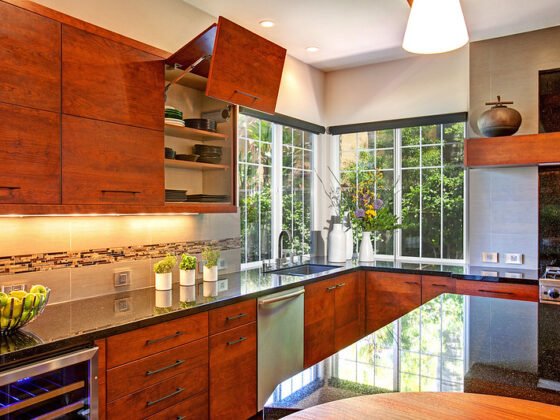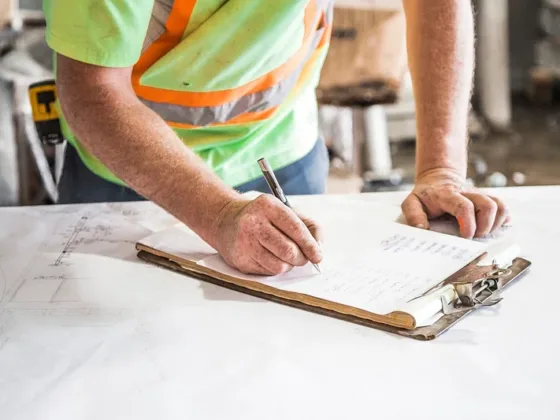Table of Contents Show
Steel is one of the most widely used materials across all industries, especially construction and DIY, but purchasing the correct type of steel for the job at hand can be challenging.
If you’re not quite the steel expert, it can be easy to feel overwhelmed and confused when researching steel types and grades. You may have seen figures like RC60 or 45HRC – but what do they mean?

This article explains what the hardness of steel is, how it’s measured and what it means for you when choosing your materials.
What is Hardness?
The term hardness is used to determine how durable steel is. It’s defined as the ability to withstand indentation and deformation, which really means it is a measure of a material’s resistance to dents, scratches, and abrasions.
It’s an important characteristic to look at when deciding on a steel type or grade for your intended purpose.
The higher the hardness value, the more resistant it is to wear and tear. Say you want to craft your own tools and utensils, you would need a more malleable metal to work with, so you would choose a steel grade with a lower hardness value. For high-quality steel in various grades, types, and sizes, visit
www.sheffieldgaugeplate.co.uk/ground-flat-stock/.
Read Also:
How is Hardness Measured?
Multiple tests generate hardness values, but the most widely used one is the Rockwell Hardness test. It relies on a method discovered in 1914 by Hugh M. Rockwell and Stanley P. Rockwell.
Essentially, a series of indentation tests are performed and the figures produced are then used to generate a standardized scale, known as the Rockwell hardness scale.
The Rockwell Hardness Scale
There are multiple Rockwell scales, each represented by a different letter. For example, when you see figures like 45HRC, the HR stands for Hardness Rockwell, and the following letter signifies the scale used – so, in this example, the hardness value was measured using the C scale.
Generally, the higher the number, the harder the steel. However, the number given is relative to the scale used when testing.
So, for example, you can’t directly compare a figure measured using the B scale to one calculated using the C scale. A hardness value of 70 HRB is actually softer steel than one with a hardness value of 64 HRC.
Steel Properties
Hardness is not the only factor to consider when choosing the most suitable steel for its intended purpose. Several physical properties will influence which steel type and grade is the most appropriate for your DIY or construction project. These include:
- Sharpness
- Strength
- Toughness
- Ductility
- Workability
- Wear resistance
- Corrosion resistance
- Edge holding capability
Workability
Workability affects how easily a material can be bent into shape. If your project requires bending and forming of flat steel sheets, then this is an important property to prioritize. Workability can also be increased by heating the metal – also referred to as hot workability.
Wear Resistance
This property is vital if you are creating something with a cutting edge. The wear resistance of a metal dictates how long it can be used before failing. A highly wear-resistant material can wear down other surfaces without experiencing significant levels of wear itself.
Corrosion Resistance
A material’s resistance to corrosion will tell you how well that material can withstand damage caused by oxidation. To put it simply, it measures how resistant something is to rusting or corroding.
So, for example, if you are building something that will be used outside in all weather, you would opt for a steel grade with high corrosion resistance.
Choosing the Right Materials
If you’re unsure which type of steel is the right one for you, or maybe you’re not sure if steel is the best material at all, take the time to go over your project’s intended design and purpose. You can then use the list of properties above to prioritize the characteristics needed.
Say you’re crafting a knife, for example. Is the knife going to be used in the kitchen and therefore be frequently used and washed? Then you would require stainless steel with high corrosion resistance.
Or maybe, you’re crafting a pair of garden shears? Again, you would need the steel to be tough enough to withstand cutting through thick branches, but not too tough where it becomes brittle and snaps easily.
Before you purchase steel or any material you are working with, it is always important to be clear on exactly what you need from said material.









